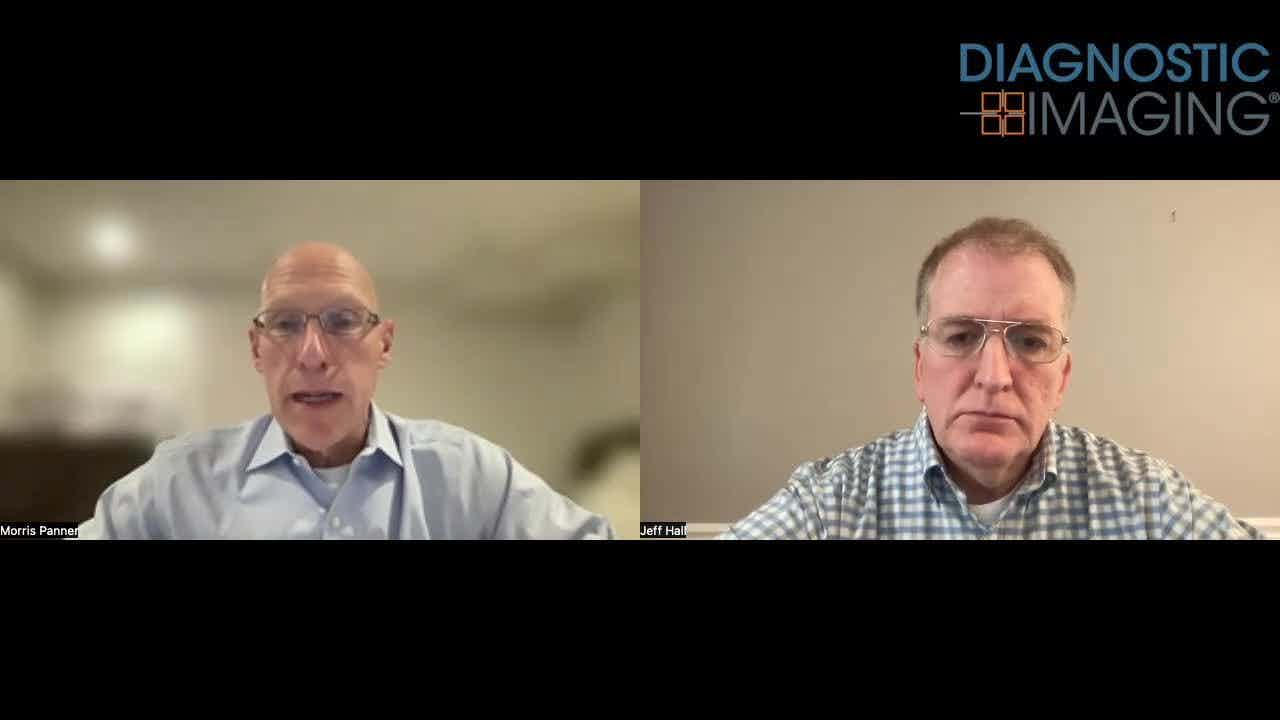Measuring Productivity On The Rise; More Direction Needed
More practices are measuring radiologist productivity, but questions remain about how to evaluate providers well.
Measuring the productivity of radiologists is on the rise, with more practices, hospitals, and corporations implementing some form of RVU monitoring system.
An estimated 80 percent of radiology practices are measuring productivity levels, according to the consensus of experts who gathered at the annual Economics of Diagnostic Imaging symposium in October, said Lawrence Muroff, MD, president and CEO of Imaging Consultant, Inc. who was also a featured speaker at the conference.
That’s up from an estimated 50 percent of practices when the data was presented at the same symposium in 2010, he added.
Even as more practices are capturing the data, several big questions remain. Is the process fair? Should non-clinical productivity also be measured and incorporated into a rating system? And how should the results be used?
“I don’t think any one answer is the right answer for any particular practice,” said Charles McRae, CEO of Columbus Radiology Corporation in Ohio and a member of the Radiology Business Management Association Board of Directors. “It’s a very practice-dependent type of decision.”
With 32 radiologists employed in his practice, McRae said measuring productivity by monitoring RVUs has improved efficiency, but it isn’t the sole way a physician’s contributions are evaluated. Attending tumor boards, picking up the phone to talk to a referring physician, and participating on medical executive committees are all seen as vital for the practice’s survival, even if that time isn’t documented in RVUs, he said.
“Here is the thing that is very difficult to try and determine – and the piece that is most important,” McRae said. “If I want a radiologist to be productive, I can stick him in the room, turn off the lights, turn off phone and chain him to the desk and say, ‘work.’ The radiologist will be productive and read a lot of images, but I won’t have the hospital contract for as long.”
Helping traditional private practices see the importance of non-clinical work is something Muroff said distinguishes practices from the pack as hospitals continue to consider employing radiologists in-house and non-traditional national companies grow.
“The problem is, I think that people are becoming aware of the need to assess other things in their practice other than work RVU output, but I think they haven’t taken that giant step of what it is they have to measure and how can they measure those contributions,” he said.
Muroff said more organizations need to think about how to measure and value the crucial hours spent networking within the local medical community in order to show there is value beyond being able to read films accurately and quickly.
“If all we are doing is grinding out films, then anyone can grind out studies and interpretations. Then, people become interchangeable,” he said. “Relationships, practice building, aligning ones goals with hospital systems, tapping into not only the medical, but also the social and political fabrics of the hospital and community – those are of equal, if not more, importance to the success of radiology practice than just clinical excellence.”
A study published in the October issue of the Journal of the American College of Radiology found radiologists spent 36.4 percent of their time on image interpretation. Non-interpretative tasks, such as protocolling requisitions, supervising and monitoring studies, performing image-guided procedures, consulting with physicians, and directly caring for patients, accounted for 43.8 percent of their work hours.
“Modern radiology has evolved in a positive direction for patients and other physicians because the radiologist spends a considerable amount of time servicing referring physicians and patients by performing tasks beyond image interpretation, including quality and patient safety-related issues,” the authors wrote.
The study, which consisted of a one-month observation of staff radiologists at three independent hospital facilities in Canada, suggested practices consider a new framework for characterizing the work radiologists perform and that the amount of time spent outside reading images was indicative of the difficulty in replacing on-site practices with off-site, non-radiologist image interpreters.
“This study characterizes the on-site radiologist as a health care service provider who not only leads interpretative activities but also spends more than half of his or her workday on critical clinical non-interpretative activities that drive the medical imaging department,” the authors emphasized in the paper’s conclusion.
Even as more leaders within the specialty recognize the importance of the non-RVU components of a radiologist’s job description, there is little clarity on how to incorporate those duties into productivity measurements.
Muroff said there is not a one-size-fits-all formula for measuring the non-clinical value, nor should there be. Instead each group must determine their own values and the needs within their medical community, he suggested.
McRae said he is aware of one practice that has a formula for adjusting the RVU measurements by including a way for deducting the time spent in job-related meetings or physician consultations.
“It’s a very sophisticated portal and system for offsetting the RVU data,” he said.
Even as practices have incorporated RVU-data tracking measures, experts say there are some common themes that groups would be wise to consider:
· Make sure your RVU data collection doesn’t simply include the billing pages from the large hospital system work. If practices don’t include all the one-off readings that come from smaller referring partners, the data will be imperfect and could negatively affect the way each physician is measured.
· Have a clear understanding of how the data will be used and shared with each physician. Will it be anonymous? Will only the outliers and “poor performers” be coaxed into improving? Will there be any incentives or penalties associated with the ratings?
· Be cognizant of the practice’s overall thoughts on the fairness of the RVU system as it relates to specific subspecialties. Do you think the values given for interventional radiology are appropriate? Do neuroradiology scans deserve the higher ratings? Is the bundling of codes making it appear as though productivity is decreasing when really the lower RVUs are a result of changes to the payment system?
“[Productivity measurements] can be a very divisive issue,” McRae said. “It can cause far more harm than good, and it has torn practices apart. You need a well-thought out process and buy-in from the entire practice.”
New Collaboration Offers Promise of Automating Prior Authorizations in Radiology with AI
March 26th 2025In addition to a variety of tools to promote radiology workflow efficiencies, the integration of the Gravity AI tools into the PowerServer RIS platform may reduce time-consuming prior authorizations to minutes for completion.
The Reading Room: Artificial Intelligence: What RSNA 2020 Offered, and What 2021 Could Bring
December 5th 2020Nina Kottler, M.D., chief medical officer of AI at Radiology Partners, discusses, during RSNA 2020, what new developments the annual meeting provided about these technologies, sessions to access, and what to expect in the coming year.










